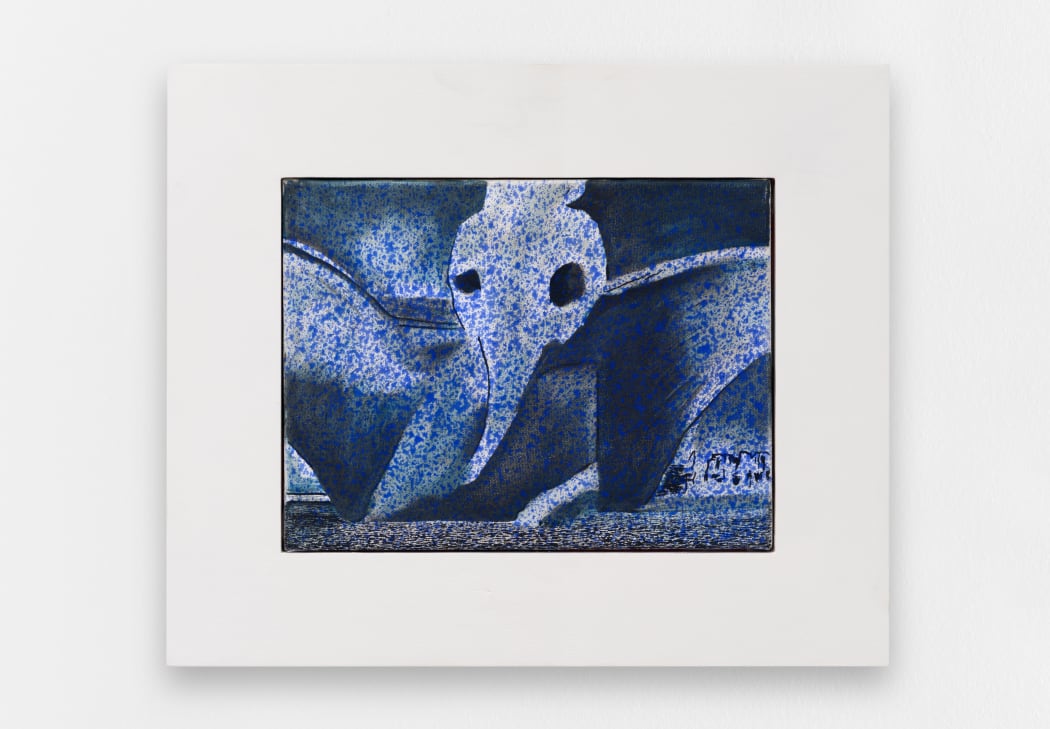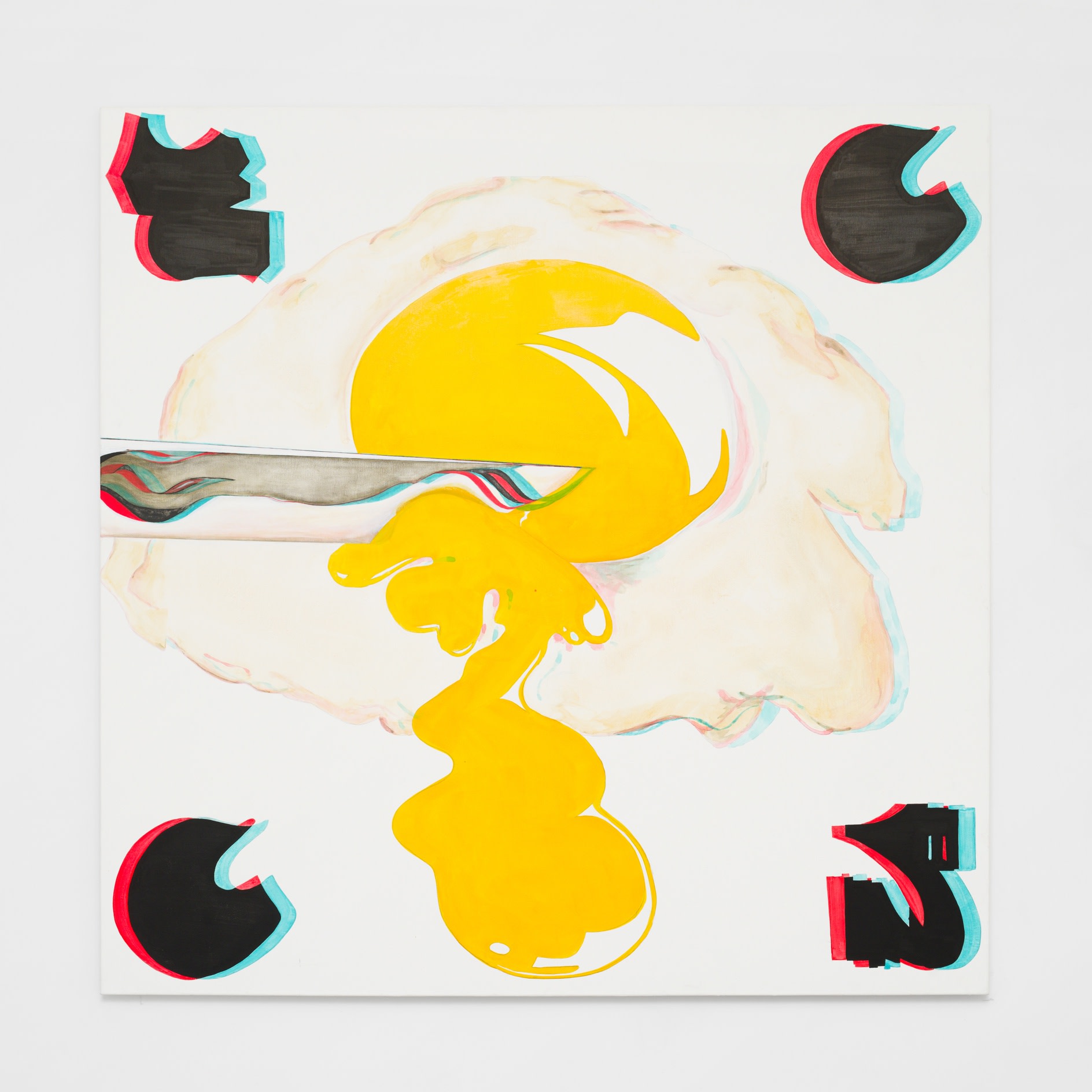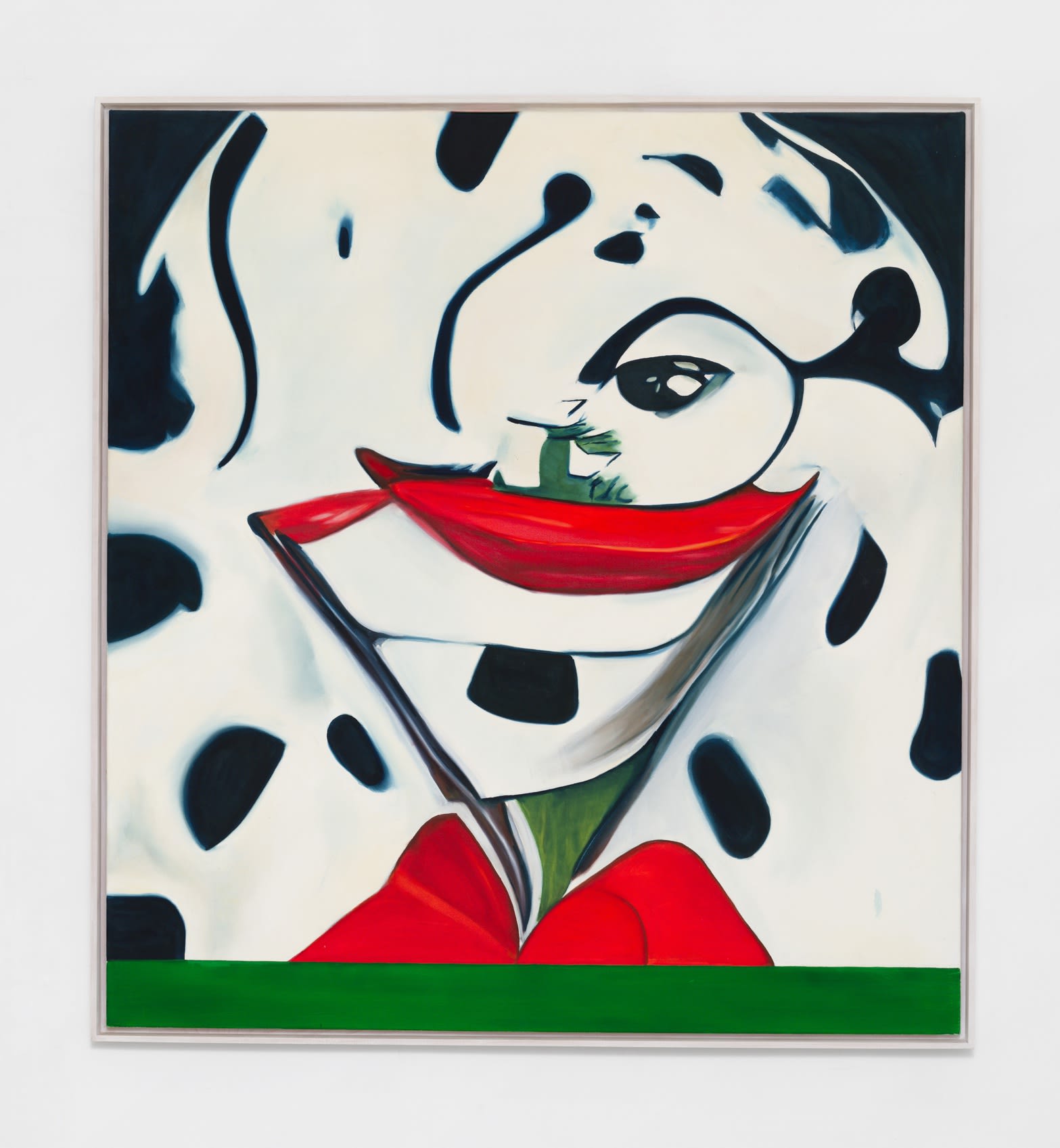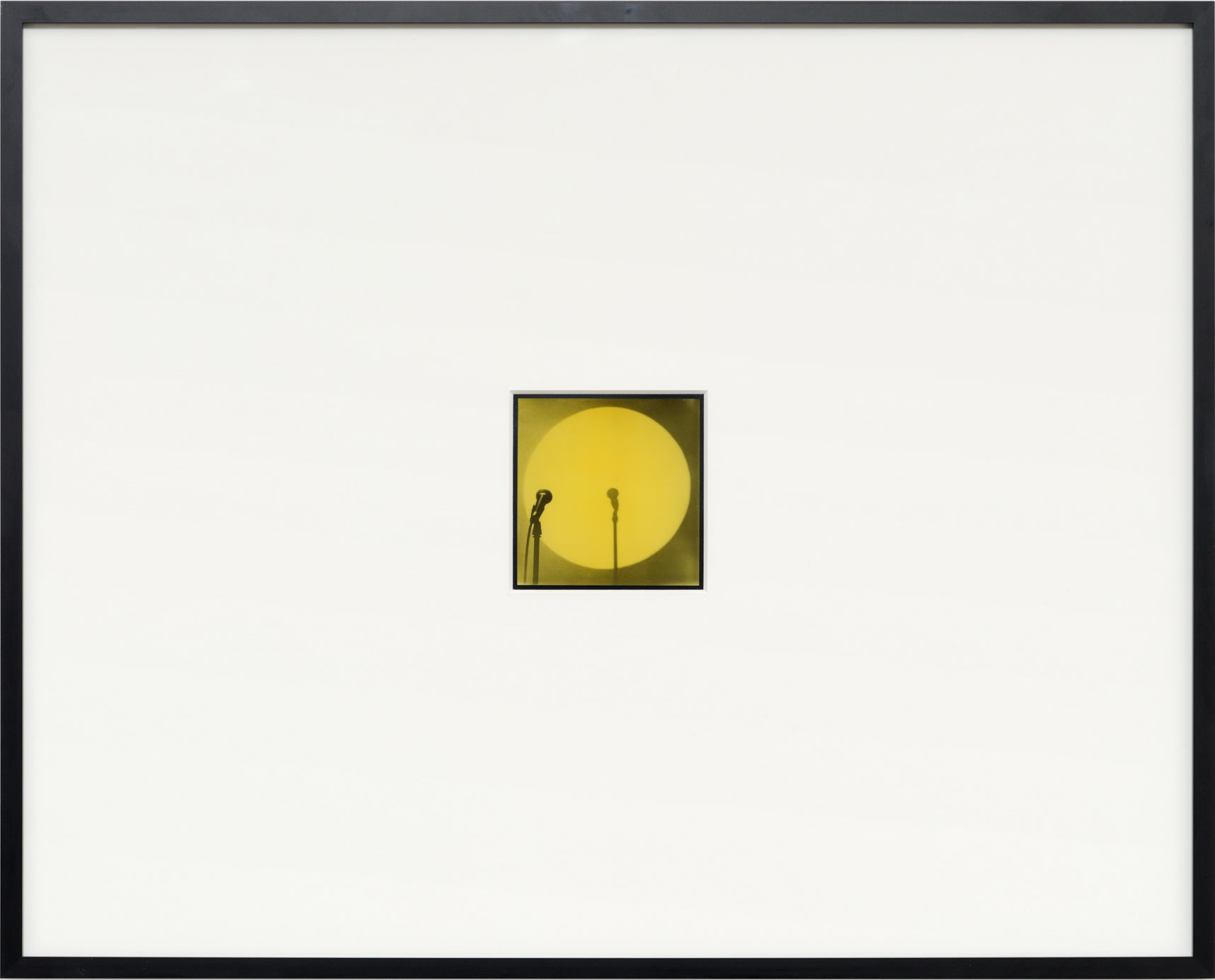
Casual Elephant, 2025
Does Will Benedict peddle in half-truths or white lies? I guess it’s the moral equivalent of the glass-half-empty / glass-half-full, optimist / pessimist, empty promises / dashed dreams, yay / nay brigade, but frankly, the jury’s still out on how to tell one from the other, or what the criteria, if it exists, even is. Sometimes I prefer to take things at face value.
“Can elephants fly?”
Faced with someone who cites Miguel de Cervantes as one of his main reference points, perhaps my dancing around the issue is not so unjustified after all. The story, rephrased, goes like this – faced with the massive, blockbuster success of Don Quixote, Part I (1605), which spawned bootleg copies sold as small pamphlets to an eager public clamouring to devour all it could on the life and times of the eponymous gentleman protagonist, Don Quixote, Part II (1615) absorbs and folds this fan fiction into the actual story. When it comes to his paintings, Will Benedict is not out to fool us. Hello Greedy Citizens feeds this insatiable hunger.
Isabelle Graw makes a fair point when she writes that “vitalistic fantasies are repeatedly sparked by paintings”. Far from living under the illusion of mimesis, the yardstick of aesthetic success that has been handed down from generation to generation since at least Ancient times, painting instead strives for an “effect of aliveness”, claiming subjectivity and sometimes going so far as to insist that it has authored itself. At the same time, painting’s materiality “reminds us of the fact that we are ultimately only dealing with dead matter”. Yet in Will Benedict’s hands, this supposedly dead matter constantly projects us into a state of fantasia. In E.C.C.S. (2025), the gooey lurid yellow of an egg yolk spills down the canvas, its zigzag dribble inducing the same state of vertigo as the four letters (spotty hieroglyphs really) that make up the work’s title, rendered in a faux-3D style. The retinal effect is not unlike the moment objects and shapes start multiplying in front of one’s eyes after one too many nights of induced sleep deprivation. Reality gets fuzzy around the edges. It’s only through the inclusion of a knife blade – a horizon line of sorts – that these signs in E.C.C.Sremain tethered to some semblance of a ground. You can’t make an omelette without cracking a few eggs.

E.C.C.S., 2025
But back to the elephant in the room. Or rather, elephants – plural. What ties William Blake’s Behemoth to Disney’s Dumbo? Somewhere along the historical trajectory of the life of images, the mythological daemon-beast metamorphosed into the loveable flying creature with the heart-melting smile. What has remained a constant thought are ears like arabesques, which, as we all know, have neither beginning nor end. So maybe Behemoth/Dumbo has always been both, in the same way that Will Benedict prefers an and-and to an either-or. Flowing smoothly from one canvas to the next, his elephantine blobs, squiggles and shadow-plays are a run-through of painting’s own modern histories: Post-Impressionist dots (Casual Elephant, 2025), the flattened surfaces of Klimt-ian intimacies (Reflected Elephant, 2025), or Gauguin-esque exoticisms (101 Elephants in Tahiti, 2025) all vie for attention.

101 Elephants in Tahiti, 2025


Vreeland in the Wild, 2025
In a comically camp feat of self-fashioning, Dumbo takes on the attributes of the high priestess of fashion (Vreeland in the Wild, 2025), who herself seems to be acclimatising to the jungle by sporting a coat worthy of Cruella. But who’s to say that this is not Cruella? And who, after all, is Cruella without that coat? As if to remind us that signs are not only unstable but that they often surpass the claims of ownership made on them by authorial voices, in Dialogue of the Dogs (2022) ‘la vilaine’ De Vil becomes indissociable from the objects of her lustful hatred.

Dialogue of the Dogs, 2022
Although here we’ve come back full circle to Cervantes, Will Benedict’s paintings remind me of another beacon in the history of the novel: The Life and Opinions of Tristram Shandy, Gentleman (1759-1767). Published in nine volumes, Laurence Sterne’s nonsense 18th century novel, full of digressions, irrelevant observations and other misplaced devices (including radical page layout and design), spawned imitation fiction, branded merchandise (including racehorses named after the titular hero) and a cult following for the stream-of-consciousness, rambling tone that tries to capture reality while questioning the veracity and credibility of fiction. One anecdote relates that when Sterne’s freshly buried body was stolen by graverobbers and sold to the anatomy department of the University of Cambridge, it was the university’s students who recognised the author’s cadaver and arranged for its reburial. True or false? Let’s just make it and-and.

Dead Piano, 2025

Spotlight, 2025
Anya Harrison is a curator and writer based in Montpellier, France. Since 2019, she is curator at MO.CO. Montpellier Contemporain where she has organised solo presentations of Betty Tompkins (2021), Marilyn Minter (2021), Max Hooper Schneider (2022), Aurélien Potier (2024) and Ivana Basic (2025), as well as thematic group exhibitions, the most recent being Sense Unknown (2025), where failure, accident and error are prisms for a continual pursuit of the unknown. Previously, she has worked with Le Bicolore - La Maison de Danemark (Paris, 2023), the Kosovo Pavilion - 58th Venice Biennale (2019) and the Baltic Triennial 13 (2017-2018). She writes regularly for magazines, exhibition catalogues and artists, and her texts have appeared in Flash Art International, Frieze, Artforum and Numéro Art, among others. She is currently developing a project focusing on notions of monstrosity through a historical and pop cultural lens.

